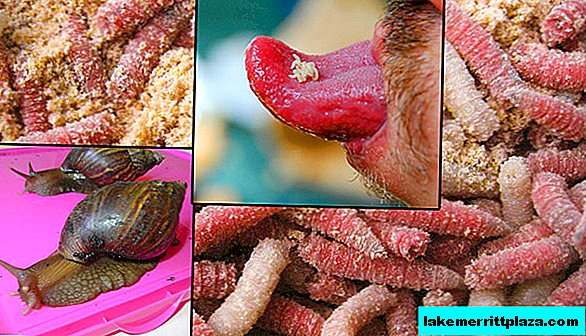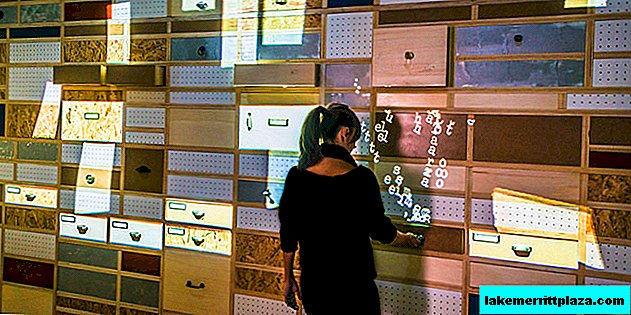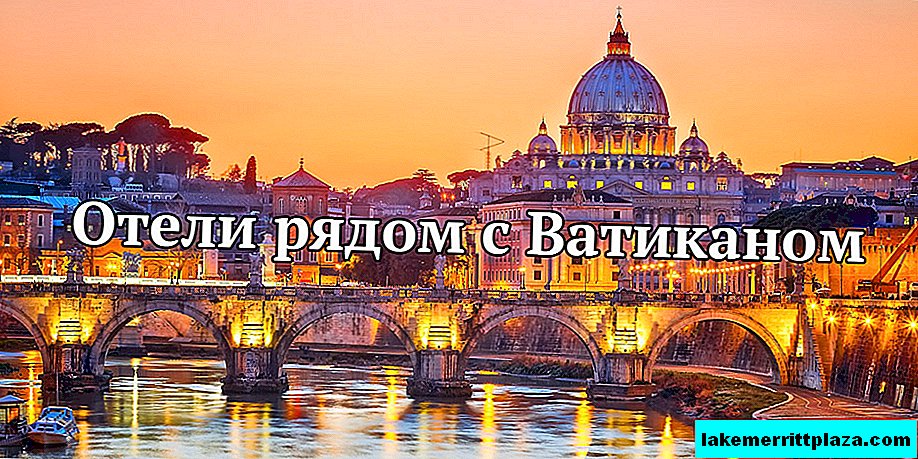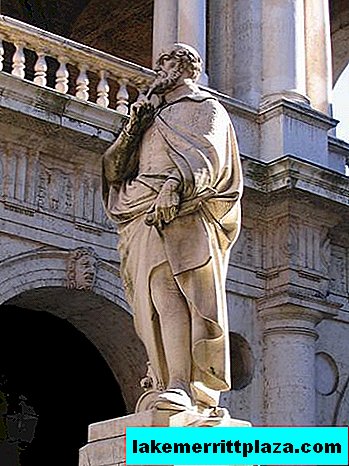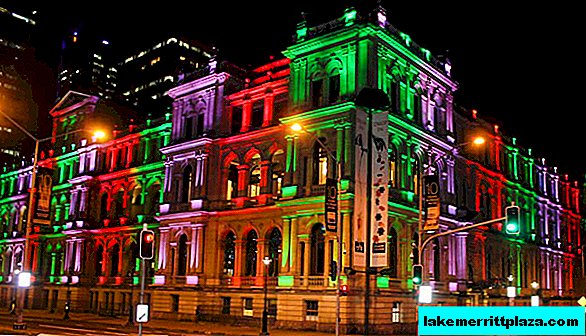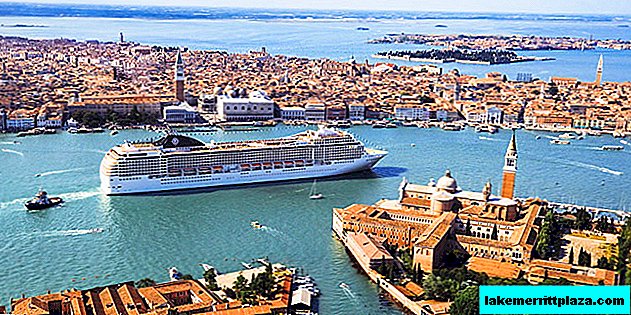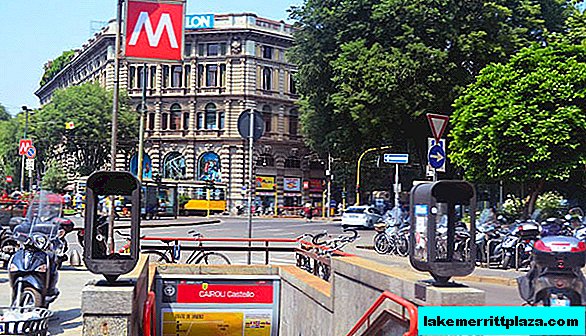The Nerve Forum is the smallest among the Imperial forums. But he got the most. At first, the locals took stones from the buildings, then the pope dragged Santa Maria Maggiore to the fountain and temple. And in the 20th century, Mussolini was built on top of its part by Via dei Fori Imperiali. But still beautiful.

Forum Nerves (Foro di Nerva)
Forum Nerves in ancient Rome
The Forum Nerva - Transitorium (Italian: Foro di Nerva about Foro Transitorio, lat. Forum Nervæ - Transitorium) began to be built under Domitian, and ended already under Nerva in 97. In ancient times, it was sometimes called the Pallas Forum.
The forum area had a long narrow shape (120m by 45m) and was located between the Temple of Peace (part of the Vespasian forum) and the Augustus Forum. Hence the second name - the Transitorium forum (translated as "passage" or "passage"). He also connected with the Roman Forum the residential Roman region of Argylet
Temple of Minerva

Temple of Minerva (tempio di Minerva), photo by Alvaro de Alvariis

Two columns were preserved from the temple, part of the facade, a frieze and a relief image of the goddess Minerva, photo by Michel & Carole ALCAMO
The dominant ensemble of the forum was the temple dedicated to Minerva (tempio di Minerva). He was not far from the temple of Mars Avenger. The Sanctuary of Minerva was destroyed in 1606 at the behest of Pope Paul V to use building materials to build the Acqua Paola fountain, the Borgia Chapel in Santa Maria Maggiore, and the pillared hall.
According to modern reconstruction, the temple of Minerva had an entrance portal with six Corinthian columns, two arched side entrances and a triangular pediment decorated with statues.
Forum today
Part of the Nerves Forum, as well as other ancient forums, were buried under Via dei Fori Imperiali Avenue. Two columns of white marble, a part of the facade and a relief image of the goddess Minerva, have been preserved from the temple. There was also a frieze with rich sculptural decoration.
How to get there
Take line B metro to Colosseo Station;
by tram 3, 8 to the Parco Celio stop;
bus 51, 75, 85, 87, 118, N2 - to Colloseo.

